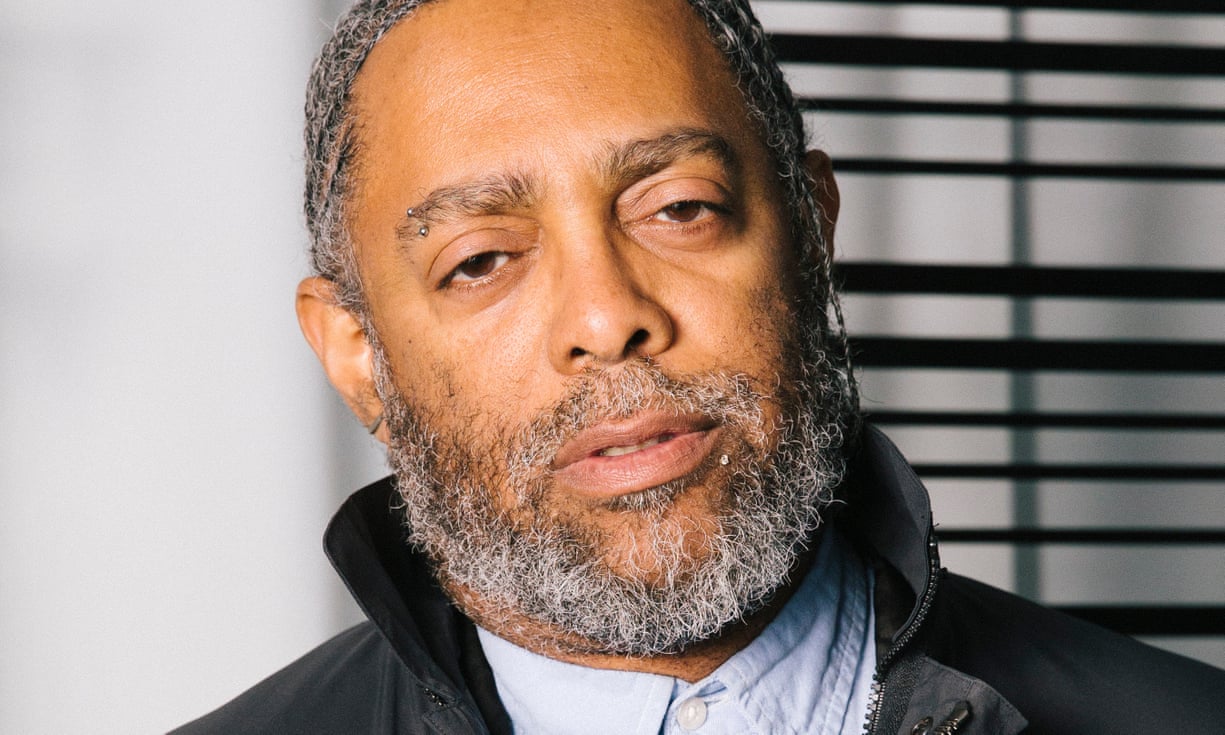In The Guardian, Ruth Gebreyesus talks to US filmmaker and artist Arthur Jafa, whose new film, The White Album, debuts this week at the Berkeley Art Museum and Pacific Film Archive. Jafa’s artistic breakthrough came in 2016 with his seven-minute film Love Is the Message, the Message Is Death, a searing portrait of the everyday physical and symbolic violence inflicted on black bodies in the US. As he tells Gebreyesus, Jafa had no desire to replicate Love Is the Message; his new work is longer, more complex, and harder to distill into a simple “message.” Here’s an excerpt from the article:
Blackness and its embodiment in music and film is at the center of Jafa’s pursuit. His newest film and installation, The White Album, is no different.
“I knew I wanted to make this thing that’s a full-on demonstration or implementation of my ideas of black aesthetics, as I’m always trying to do, but doesn’t necessarily take the black figure as the subject,” he said.
Describing blackness in America, Jafa has said that it’s a culture formed in freefall in the aftermath of slavery and repressed social edifices and physical space. On whiteness, he offers the analogy of ancient Greco-Roman sculptures that are commonly scrubbed clean of any color and blanched in the name of purity before being displayed in museums.
“It’s so bound up with the fragility of whiteness as a self-conception. Not as a conception anybody else imposed on it – because it’s a conception that exists not as a definition of what it is but as a definition of what it isn’t,” Jafa said.
Image via The Guardian.
